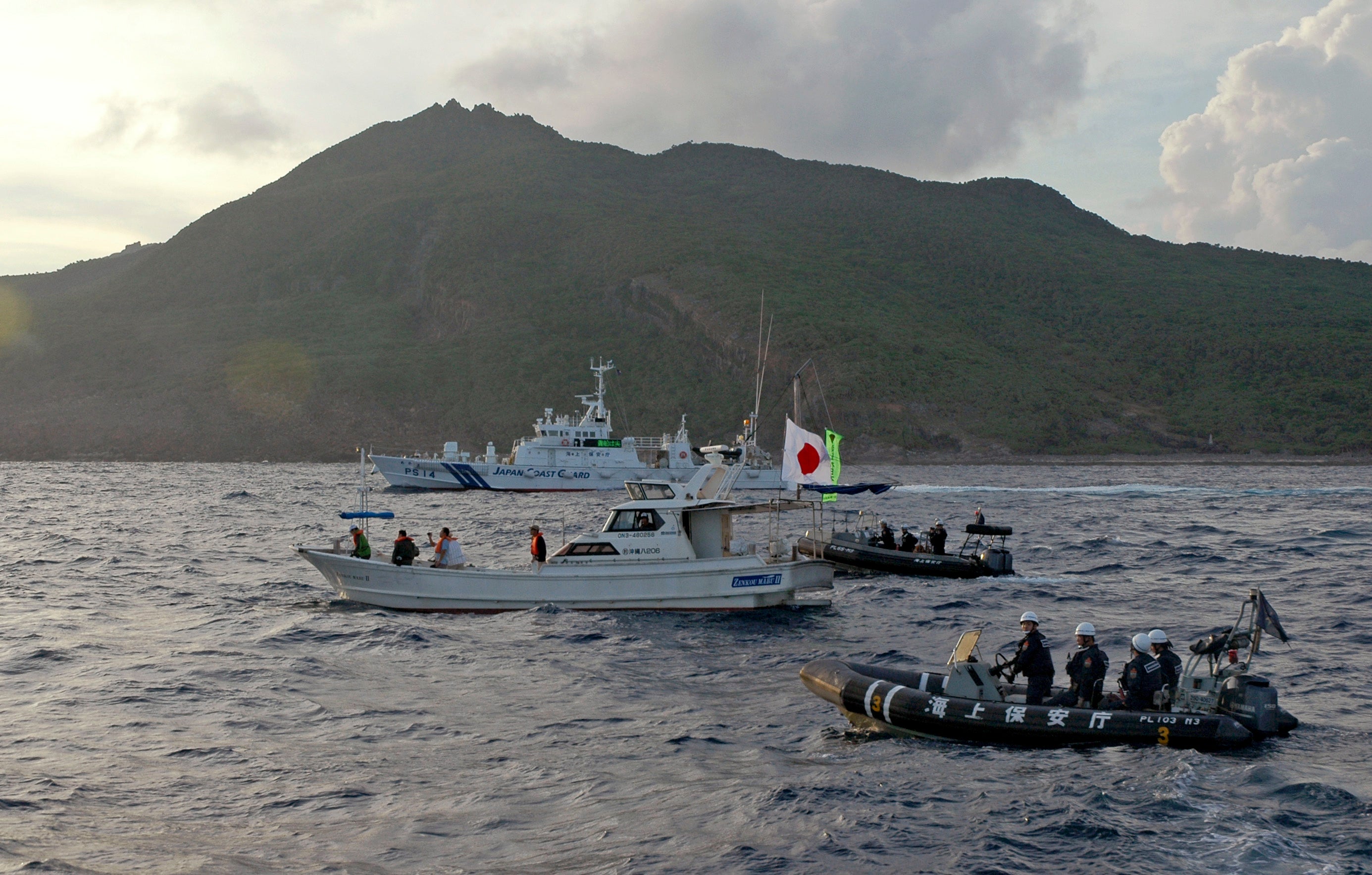China criticizes Japan over Fukushima treated water release
China has renewed its criticism of Japan’s decision to release treated radioactive water from the wrecked Fukushima nuclear plant into the Pacific Ocean

Your support helps us to tell the story
From reproductive rights to climate change to Big Tech, The Independent is on the ground when the story is developing. Whether it's investigating the financials of Elon Musk's pro-Trump PAC or producing our latest documentary, 'The A Word', which shines a light on the American women fighting for reproductive rights, we know how important it is to parse out the facts from the messaging.
At such a critical moment in US history, we need reporters on the ground. Your donation allows us to keep sending journalists to speak to both sides of the story.
The Independent is trusted by Americans across the entire political spectrum. And unlike many other quality news outlets, we choose not to lock Americans out of our reporting and analysis with paywalls. We believe quality journalism should be available to everyone, paid for by those who can afford it.
Your support makes all the difference.China renewed its criticism on Wednesday of Japan s decision to release treated radioactive water from the wrecked Fukushima nuclear plant into the Pacific Ocean
Foreign Ministry spokesperson Zhao Lijian called the decision to release the water over the next two years a money-saving measure that is “extremely irresponsible."
Zhao also rejected Japanese complaints over a tweet he earlier sent criticizing Japan's decision with a picture of a famous Japanese print of a massive wave, saying it was hypocritical of Japan not to allow others to criticize when it had failed to consider the concerns of its neighbors.
“Certain Japanese officials have been playing deaf and dumb. Then why are they so angry about this image?" Zhao said at a daily briefing. “The Japanese side should recognize its responsibility, fulfill its international obligations and revoke its wrong decision."
Japan's decision had long been anticipated, but was delayed by safety concerns and protests. Cabinet ministers endorsed it as the best option, though it is fiercely opposed by fishermen, residents and Japan’s neighbors. The water has been used to cool melted fuel at the nuclear plant damaged by a massive 2011 earthquake and tsunami, but the tanks where it is being stored will be full next year.
Also Wednesday, Japan said its military has raised caution levels around uninhabited East China Sea islands that it controls but are also claimed by Beijing after six Chinese warships passed near the area and a reconnaissance helicopter flew toward it.
Japanese Chief Cabinet Secretary Katsunobu Kato told reporters that the Maritime Self-Defense Force confirmed that a Chinese fleet of six warships led by the aircraft carrier Liaoning and including guided missile destroyers and a frigate sailed northward between Okinawa and the nearby island of Miyako to enter the East China Sea.
On Tuesday, the Japanese navy spotted a Chinese helicopter that took off from the Liaoning and flew within 50-100 kilometers (30-60 miles) of the islands, prompting Air Self-Defense Force fighter jets to scramble, Kato said.
The islands, called Senkaku in Japan and Diaoyu in China, are also claimed by Taiwan. While relations have been relatively calm recently, many Chinese remain deeply resentful of Japan's past invasion and occupation of China and expect their government to take a tough line against Tokyo.
There was no violation of Japanese airspace or territorial waters, Kato said.
It is the second time this month the fleet was seen passing the area while traveling between the Pacific and the East China Sea, according to Japanese reports.